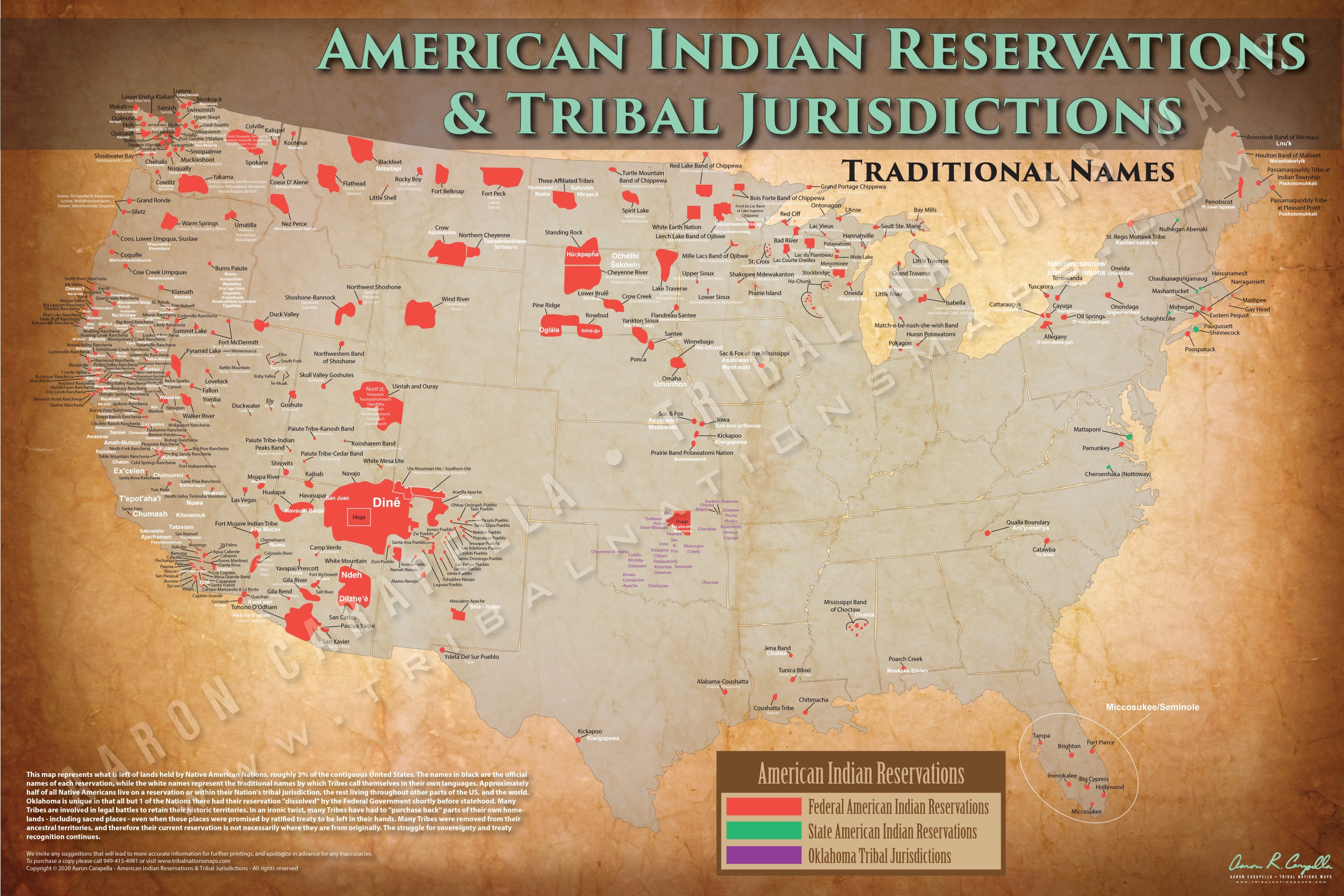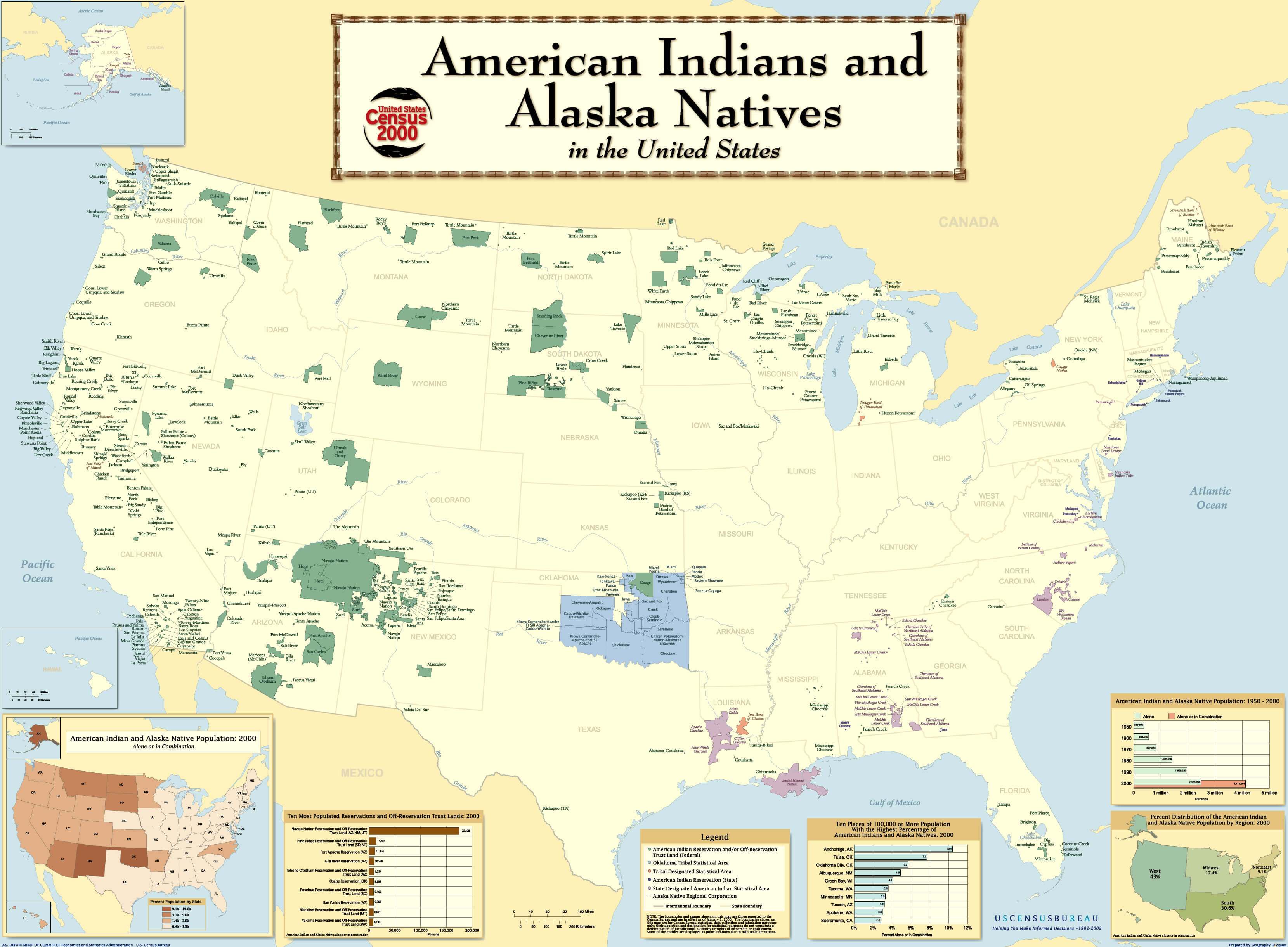Unpacking the Map: A Guide to Understanding Indian Reservations
Unpacking the Map: A Guide to Understanding Indian Reservations

Have you ever wondered about those curious patches of land scattered across the United States, marked with names like "Navajo Nation" or "Lakota Territory"? These are Indian reservations, and they hold a fascinating history and present-day reality. While maps offer a visual representation, they’re just the starting point for understanding the complex tapestry of Native American life in the modern era.
This article digs deeper than just the lines on a map. We’ll explore the history of reservations, the diverse cultures they encompass, and the challenges and triumphs of Native American communities today. So, grab a cup of coffee, settle in, and let’s embark on a journey of discovery.
Related Articles: Unpacking the Map: A Guide to Understanding Indian Reservations
- Why Are Casinos On Reservations? The Complicated History Of Gaming And Tribal Sovereignty
- Unveiling the Cultural Tapestry: Discover the Rich Heritage of Arizona's Native American Tribes
- Uncover the Thriving Spirit of Indian Tribes: Discoveries and Insights Await
- Unveiling Oklahoma's Native American Legacy: A Journey into Modern-Day Reservations
- Uncover the Hidden Heritage: Discover Indian Tribes in Richmond, Virginia
The Roots of Reservations: A History of Displacement and Resilience
The concept of reservations arose from a tumultuous period in American history: the forced removal of Native Americans from their ancestral lands. Beginning in the 19th century, the U.S. government implemented policies aimed at confining Native Americans to designated territories, often far from their traditional homelands. This was a complex process, driven by a mix of factors like westward expansion, resource exploitation, and the desire to control and assimilate Native populations.
The Indian Removal Act of 1830, for example, led to the devastating Trail of Tears, where thousands of Cherokee people were forcibly relocated from their ancestral lands in the Southeast to present-day Oklahoma. This forced migration led to widespread suffering and loss of life, and it marked the beginning of a long, painful chapter in the history of Native American-U.S. relations.
The reservations, initially seen as temporary solutions, became permanent fixtures in the American landscape. These lands, often deemed "unfit" for white settlement, were designated for Native American populations, with the promise of self-governance and protection. However, the reality was far more complicated. The U.S. government often failed to uphold its promises, leading to ongoing struggles for land rights, economic development, and cultural preservation.
Beyond the Lines: The Diverse Tapestry of Reservation Life
Looking at a map, one might assume that all reservations are alike. But the reality is far more nuanced. Reservations are diverse in size, location, and the tribes that call them home. From the sprawling Navajo Nation in the Southwest, encompassing nearly 27,000 square miles, to the tiny Mashantucket Pequot Reservation in Connecticut, spanning just 184 acres, the diversity is staggering.
Each reservation has its own unique history, culture, and traditions. The Navajo Nation, for instance, is renowned for its rich artistic heritage, including weaving, jewelry making, and storytelling. The Lakota people, whose ancestral lands encompass much of the Great Plains, are known for their warrior culture and their connection to the buffalo. These are just two examples, and there are countless others, each with its own distinct story.
The socioeconomic realities of reservations also vary widely. Some communities have thriving economies, with successful businesses, casinos, and tourism. Others face persistent challenges, including high poverty rates, unemployment, and limited access to healthcare and education. These disparities are often rooted in historical injustices, such as the forced removal of resources, the denial of basic rights, and the ongoing discrimination faced by Native Americans.

Navigating the Map: Understanding the Challenges and Triumphs
The map of Indian reservations is a powerful tool for understanding the history and present-day realities of Native American communities. However, it’s crucial to remember that the map is just a starting point. To truly grasp the complexities of reservation life, we need to go beyond the lines and delve into the stories of the people who call these lands home.
Native American communities are facing a multitude of challenges, including:
- Economic Disparity: Many reservations struggle with high unemployment, limited economic opportunities, and poverty. This is often linked to historical injustices, such as the forced removal of resources and the denial of access to education and healthcare.
- Environmental Degradation: Reservations are often located in environmentally fragile areas, and they are vulnerable to climate change, pollution, and resource depletion.
- Health Disparities: Native Americans experience higher rates of chronic diseases, such as diabetes and heart disease, compared to the general population. This can be attributed to a range of factors, including limited access to healthcare, poor diet, and environmental factors.
- Cultural Preservation: The ongoing struggle to preserve traditional languages, customs, and beliefs is a crucial aspect of Native American identity. The loss of these cultural elements can have a profound impact on individual and community well-being.

Despite these challenges, Native American communities are also demonstrating remarkable resilience and strength. They are actively working to address these issues through:

- Economic Development: Native-owned businesses, casinos, and tourism initiatives are contributing to economic growth and job creation on reservations.
- Environmental Protection: Native communities are leading efforts to protect sacred sites, manage natural resources sustainably, and address the impacts of climate change.
- Health Improvement: Community-based health programs, traditional healing practices, and advocacy for better healthcare access are improving health outcomes for Native Americans.
- Cultural Revitalization: Language immersion programs, cultural festivals, and the preservation of traditional arts and crafts are helping to maintain and revitalize Native American cultures.
Moving Forward: A Call for Understanding and Action
The map of Indian reservations is a reminder of the complex and enduring legacy of Native American history in the United States. It’s a reminder of the injustices that have been inflicted on these communities, but also a testament to their resilience, strength, and cultural vibrancy.
Moving forward, it’s crucial to approach the topic of Indian reservations with sensitivity, respect, and a willingness to learn. We must challenge stereotypes, listen to the voices of Native Americans, and support their efforts to achieve self-determination and economic prosperity. By understanding the history, culture, and challenges faced by Native American communities, we can work together to build a more just and equitable future for all.
FAQ: Indian Reservations Maps
Q: Where can I find a map of Indian reservations?
A: There are several resources available online, including:
- The National Congress of American Indians (NCAI): Their website features a map of federally recognized tribes.
- The Bureau of Indian Affairs (BIA): The BIA website provides maps and information about reservations under their jurisdiction.
- Native Land Digital: This website offers a detailed interactive map that shows the traditional territories of Indigenous peoples across North America.
Q: What is the difference between a reservation and a tribe?
A: A reservation is a designated area of land set aside for a specific tribe or group of tribes. A tribe is a distinct Native American nation with its own government, laws, and cultural traditions. Not all tribes have reservations, and some reservations are home to multiple tribes.
Q: Are all reservations the same size?
A: No, reservations vary greatly in size. Some are vast and encompass thousands of square miles, while others are relatively small.
Q: Do all reservations have casinos?
A: No, not all reservations have casinos. Casinos are a relatively recent development, and they are not present on all reservations. Many reservations rely on other economic activities, such as agriculture, tourism, or tribal government services.
Q: How can I learn more about specific tribes and their reservations?
A: There are many resources available to learn more about specific tribes and their reservations, including:
- Tribal websites: Many tribes have their own websites that provide information about their history, culture, and current activities.
- Tribal museums and cultural centers: These institutions offer valuable insights into the history and culture of specific tribes.
- Books and documentaries: There are numerous books and documentaries that explore the history and contemporary lives of Native American communities.
Q: How can I support Native American communities?
A: There are many ways to support Native American communities, including:
- Patronizing Native-owned businesses: Support local businesses owned by Native Americans.
- Donating to Native American charities and organizations: There are many organizations working to address the needs of Native American communities.
- Educating yourself and others: Learn about the history, culture, and challenges faced by Native Americans.
- Advocating for Native American rights: Speak out against injustices and support legislation that benefits Native American communities.
By understanding the map of Indian reservations and the stories it represents, we can gain a deeper appreciation for the resilience, diversity, and enduring spirit of Native American communities. It’s a journey of discovery that can challenge our assumptions, broaden our perspectives, and inspire us to act in ways that promote understanding, justice, and equality for all.

Closure
Thus, we hope this article has provided valuable insights into Unpacking the Map: A Guide to Understanding Indian Reservations. We thank you for taking the time to read this article. See you in our next article!